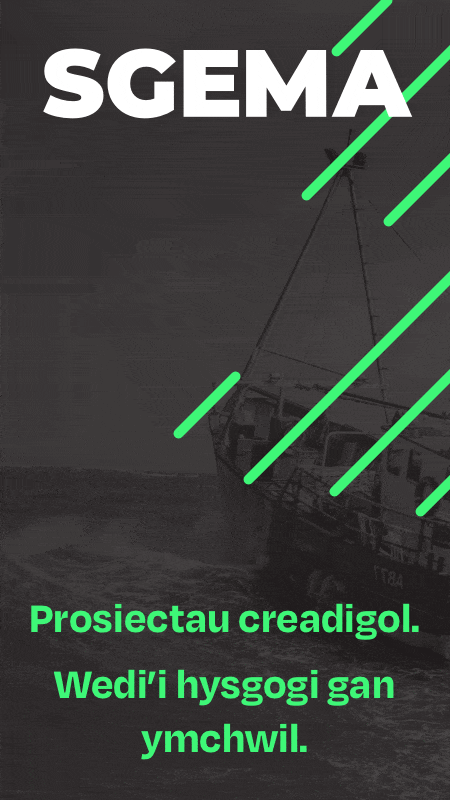This is a guest blog by Alex Ioannou. Alex is a Cypriot doctoral researcher at Bangor University who trained as a landscape architect and has experience in the environmental and heritage sectors.
‘The Country looks like the fag End of Creation; the very Rubbish of Noah’s Flood; and will (if any thing) serve to confirm a Epicurean in his Creed, That the World was made by Chance.’
This is the reaction of a traveller visiting Eryri in the early 18th century, at a time when such landscapes were seen as places of revulsion. Art historian Malcolm Andrews states that ‘a country which was unimproved, agriculturally or ornamentally, and which looked incapable of such improvement, had little appeal’ to an Augustan observer. There has been a dramatic shift since then, as Eryri is now enshrined as a National Park where the same landscape features are celebrated and protected.
Climate change and biodiversity loss have instigated unprecedented reflections on human and landscape relationships with significant focus on designated landscapes, such as National Parks. A long history of land-use change, fluctuations in economic, social conditions and ownership, as well as evolving perceptions of nature, have made Eryri National Park a landscape of “substantive depth”. In this, what the Welsh Government calls the “decisive decade” to tackle climate change, decisions about land-use change are now, more than ever, engaging much wider inferences about equitable and fair transitions towards a regenerative society.
As part of my doctoral research in Bangor University I’m exploring how the Welsh landscape decision-making system is hindered in meeting net zero by: 1) limited perceptions and expectations of Welsh landscapes and 2) insufficiently democratised local processes. His research focuses on Dyffryn Ogwen, a landscape once owned and managed by the historic Penrhyn Estate and which has recently been inscribed as a UNESCO World Heritage Site.
My findings in Bangor University Archives and Special Collections have allowed me to begin to historically contextualise Dyffryn Ogwen, through presenting its evolution over time, both in physical terms but also in terms of how it is perceived. Fifteen local interviews have revealed a diverse and rich experience of the landscape, as well as the held beliefs about the place’s history and individual visions for its future.
Through this interdisciplinary research, my aim is to demonstrate that the dominant ideologies held about landscape in Wales are manufactured instead of natural, and that a plurality of understandings of nature can exist simultaneously. Ultimately, the project aims to inform local decision-makers about the importance of incorporating historical and future perspectives into their processes.
I would like to invite you to join me during an interactive exhibition that will shine a light on the diverse ways in which Eryri has already undergone change. Newid Eryri/Changing Eryri will be held at Pontio (Bangor) between August 8th and 17th 2024. There will also be a knowledge exchange event scheduled for Saturday 10th August.
The Reframing Wales project is a joint initiative by two Bangor University research centres: The Institute for the Study of Welsh Estates and The Sir William Roberts Centre for Sustainable Land Use.
To find out more about the Reframing Wales project and about Newid Eryri/Changing Eryri exhibition, please visit the project website by following this link.



